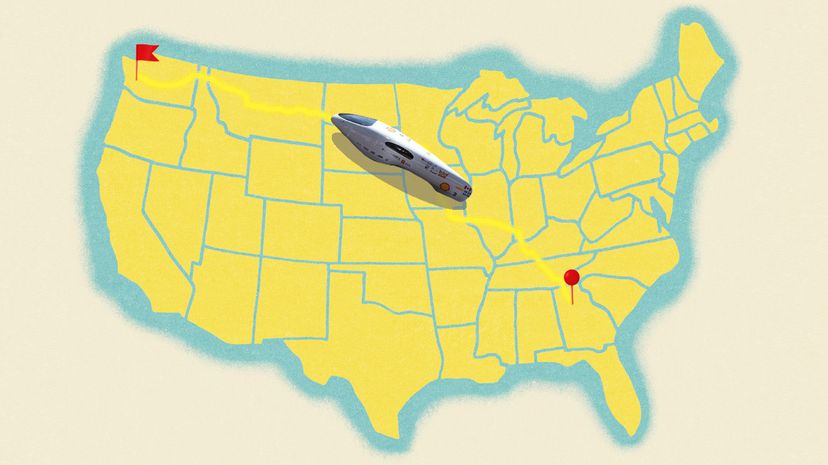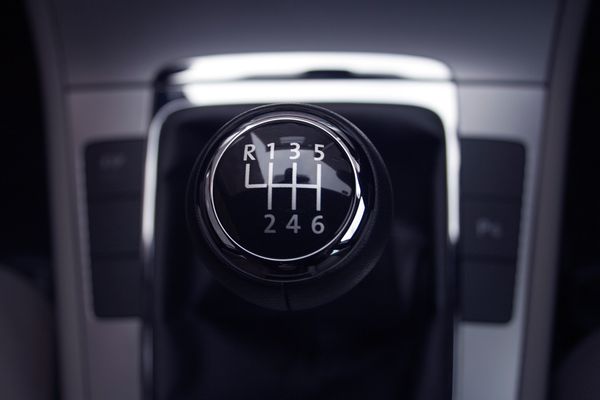
Every year, engineering students compete in the Shell Eco-marathon Americas event. The goal is to design, build and demonstrate a vehicle capable of achieving astounding fuel efficiency. This year, a team from Universite Laval in Quebec, Canada, took home the grand prize for cars that use an internal combustion engine. The vehicle they entered can travel 2,713.1 miles (4,366 kilometers) on a single gallon (3.8 liters) of gas. That's farther than a road trip from Atlanta, Georgia, to Seattle, Washington.
The school has a history of producing amazing prototype vehicles with this sort of fuel efficiency. In 2016, students from Universite Laval entered a car into a different supermileage competition hosted by the Society of Automotive Engineers. At that event, the vehicle they entered registered with a fuel efficiency of 3,788 miles (6,096 kilometers) per gallon.
Advertisement
Contrast this mileage with the most fuel-efficient vehicles today according to the United States Department of Energy. The most efficient vehicle right now is the Hyundai Ioniq Electric. While it doesn't use gasoline, the Department of Energy notes it is equivalent to a car that gets 136 miles (219 kilometers) per gallon. That's impressive, but the prototype cars from Laval are in an entirely different league. How is it possible?
Supermileage vehicles can wring out all that energy from gasoline through a multipronged strategy. Perhaps most obvious is the need for a high-performance engine, but that's just the beginning. You want to strip down your design to the minimum elements to make the vehicle operational but still safe to drive. You must make sure your design is as aerodynamic as possible to cut down on wind resistance. You need to limit rolling resistance or drag — that's the friction between a moving object and a surface. And finally, you need to develop a driving technique to maximize the effect of all the other elements.
The university's Alerion Supermileage vehicle is a single-seater car. The team keeps most of the information about the car secret to maintain a competitive advantage. An earlier prototype from the same university featured a 3.5-horsepower engine from Briggs & Stratton with a single cylinder. That's equivalent to a lawn mower engine. The team made extensive changes to the engine, though they didn't explain what they changed.
To counter rolling resistance, the team made the vehicle's tires thin to cut down on surface area contact. The tires are under high pressure as well. And most supermileage vehicles have only three wheels, again to cut down on the drag created by an unnecessary fourth tire making ground contact.
The car's body is made from carbon fiber, a strong and lightweight material. The physical design minimizes the frontal area to cut down on wind resistance. The 2011 prototype, for example, had a frontal area measuring 0.285 square meters (3.068 square feet). That's a fraction of what you'll find on consumer vehicles.
The prototypes that teams enter into these competitions aren't likely to hit the show floors of your local dealership anytime soon. They're not intended as production vehicles. But the advances engineers make while creating these machines may find their way into future consumer vehicles. So who knows? Maybe in the future you won't sweat it when you see that sign that says "Last Gas Station for 200 Miles."
Advertisement

